Publications
Research publications, policy briefs, and guidance documents.

1 Policy Briefs & Guidance Documents
Explore reports and guidance documents that can support coastal managers in decision making.
Policies & Legal Instruments Supporting the Eco-Engineering of Marine Artificial Structures
These two policy briefs highlight pathways through which coastal eco-engineering could be incorporated in Ireland and Wales. The briefs identify legal requirements, policies, and management practices that could support the uptake of eco-engineering in planning, while simultaneously aligning with EU (Ireland) and UK (Wales) policies on biodiversity and climate change adaptation.
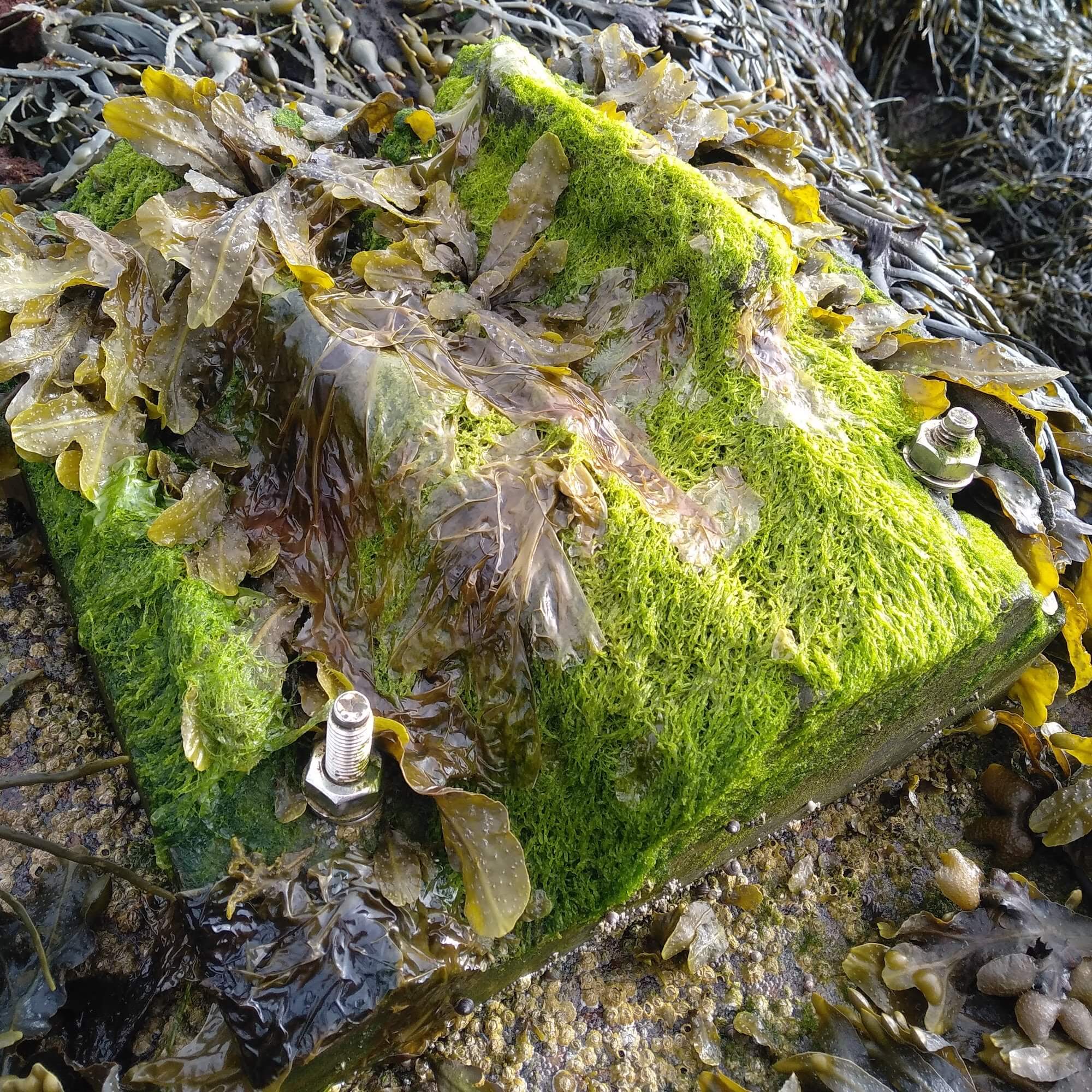
Guide to Ecostructure Outputs
A guide for practitioners on how to use the tools and resources from the Ecostructure project to facilitate eco-engineering and biosecurity of coastal and marine developments. This guide produced by Arup for Ecostructure compiles and describes the main Ecostructure project outputs to allow practitioners to understand the research objectives of each one, main findings and how they can be used in practice to support decision making.
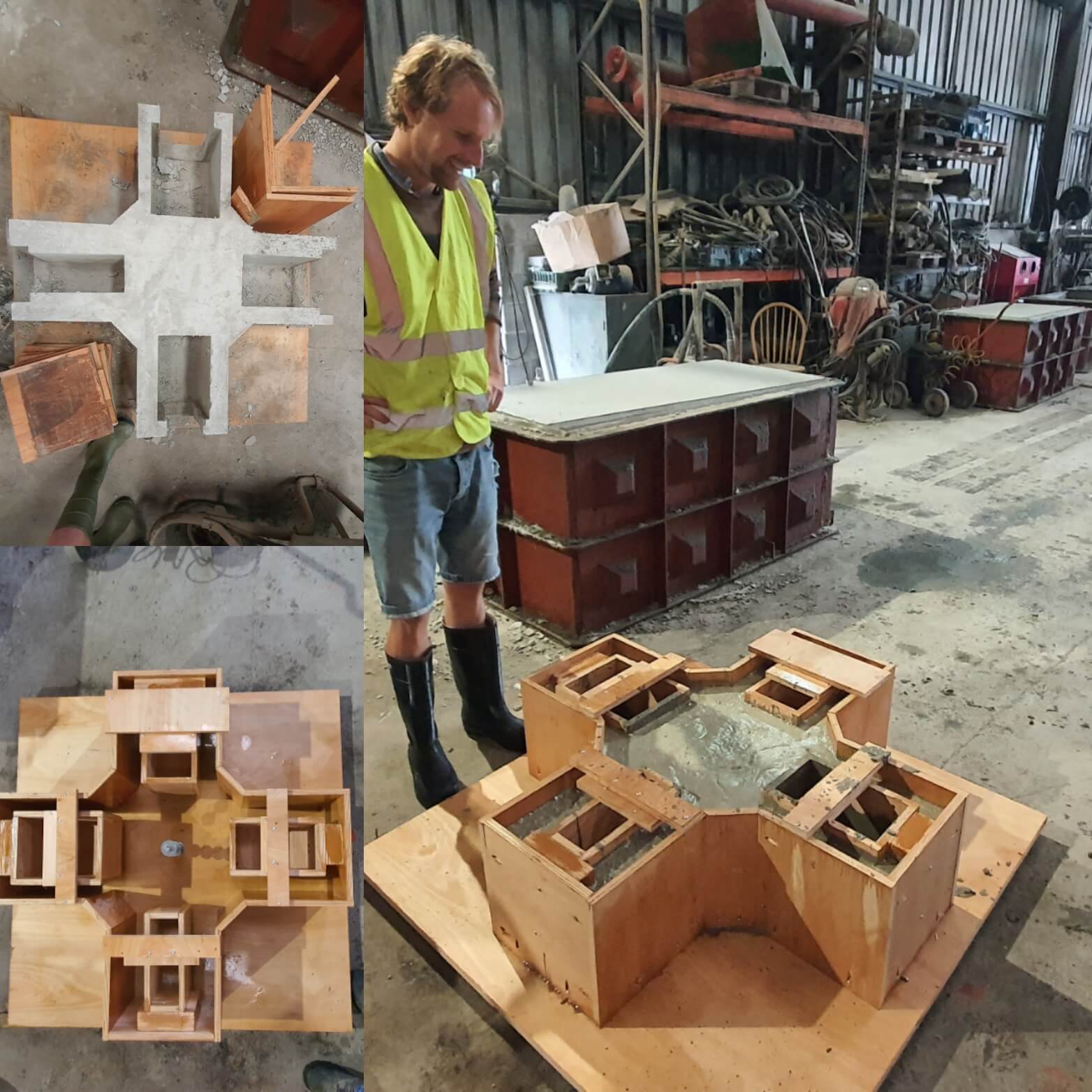
Integrating stakeholder interests into eco-engineering projects: guidance and Ecostructure case-studies
This report describes stakeholder engagement in eco-engineering projects based on the experience during the Ecostructure project. General considerations about involving stakeholders from industry, government, wider society and academia are introduced, as well as methods for successful engagement. A variety of formats for interaction are described, from high-level to design workshops, site visits and one-to-one meetings. The guidelines will assist eco-engineering project managers with involving stakeholders from the initial eco-engineering concept development to the delivery of the project.
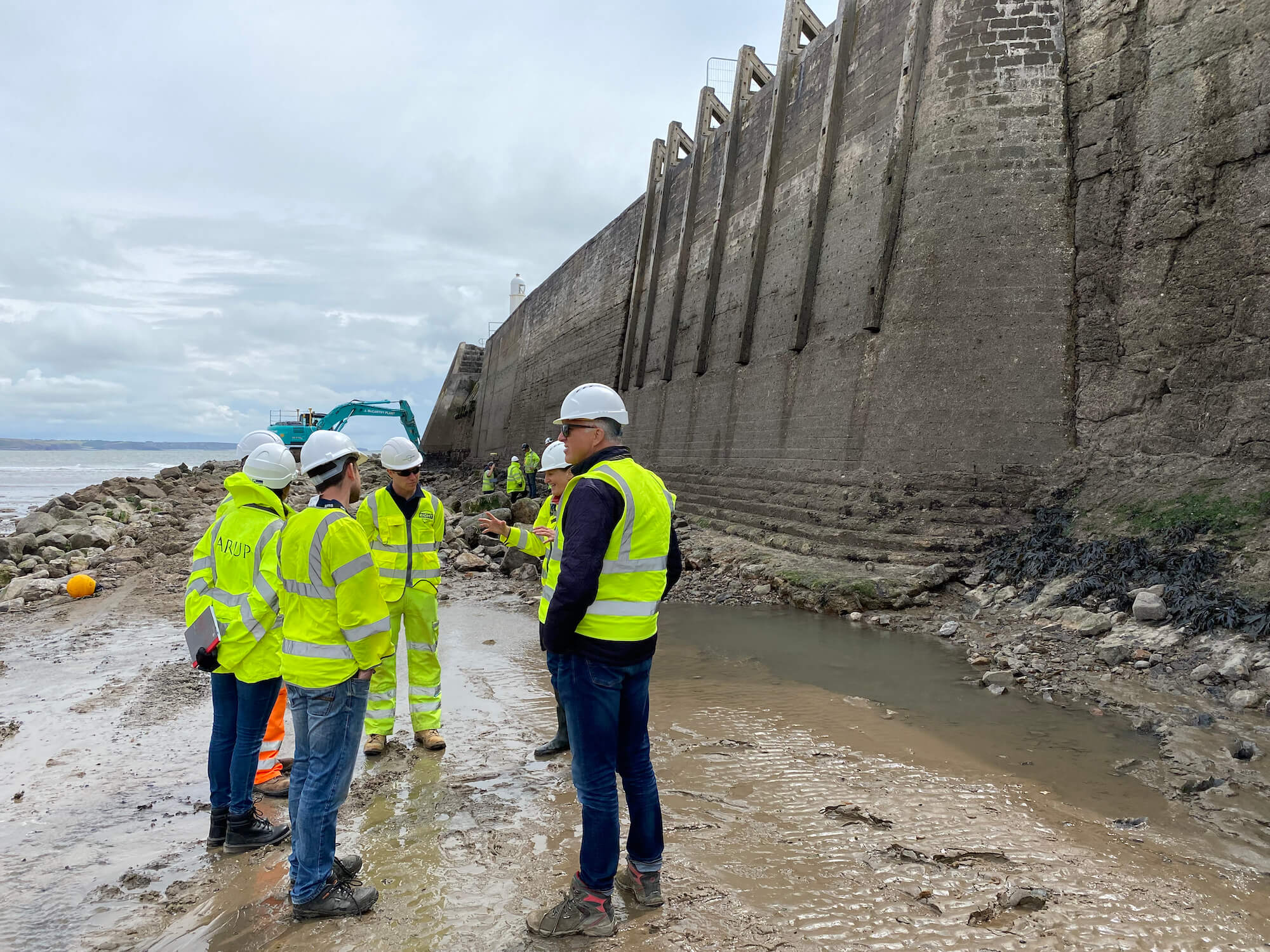
Potential market demand for coastal eco-engineering
This report from Flint Innovation seeks to show how the Ecostructure Project participants and partners can use their contacts, knowledge and research outputs to work with a variety of partners and other actors in the future to add value and to support various organisations in achieving their goals of net biodiversity gain in the coastal built environment. The report details the work done with and information gathered from a variety of organisations to determine the drivers for engagement with Ecostructures and suggests routes to collaboration with these actors and potential partners.
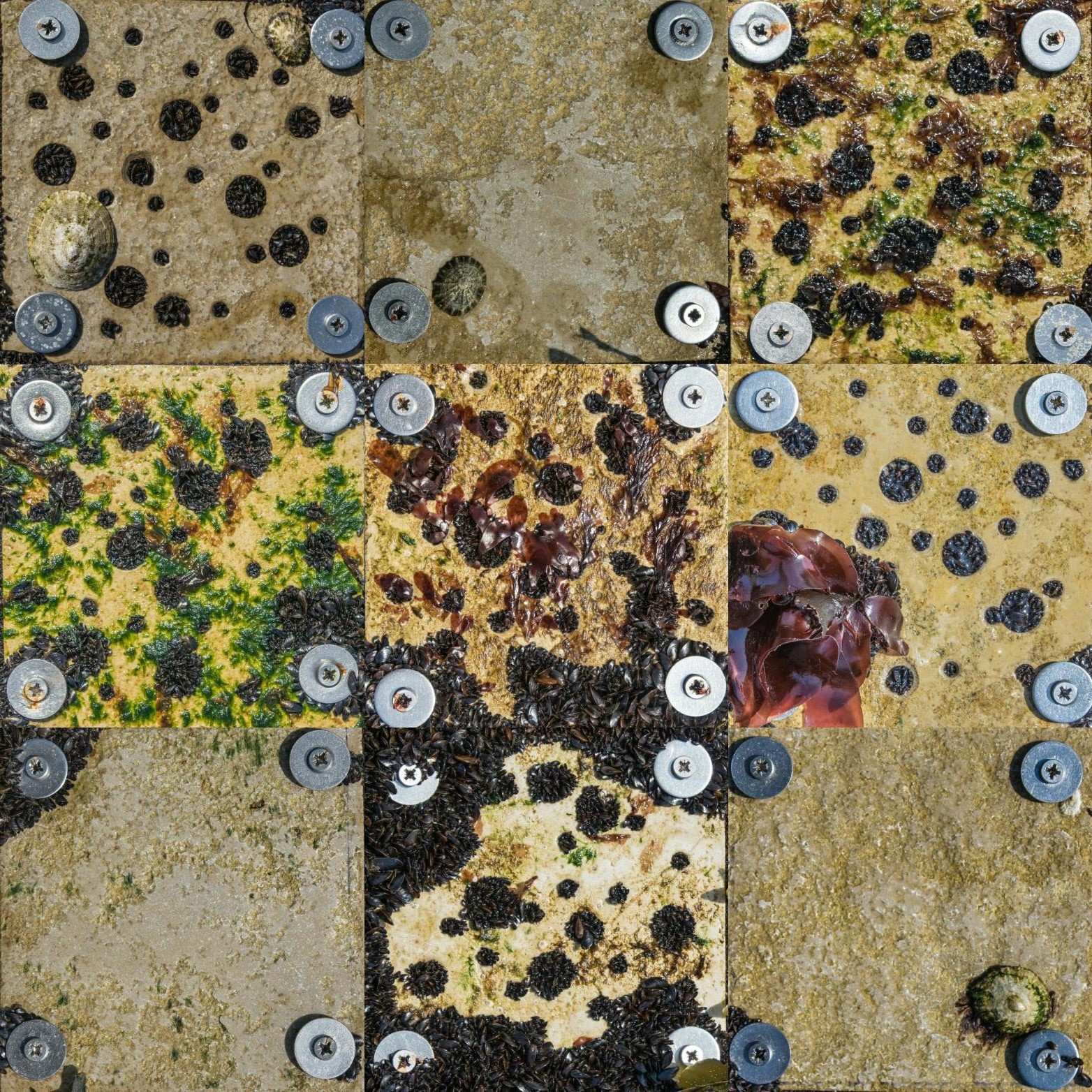
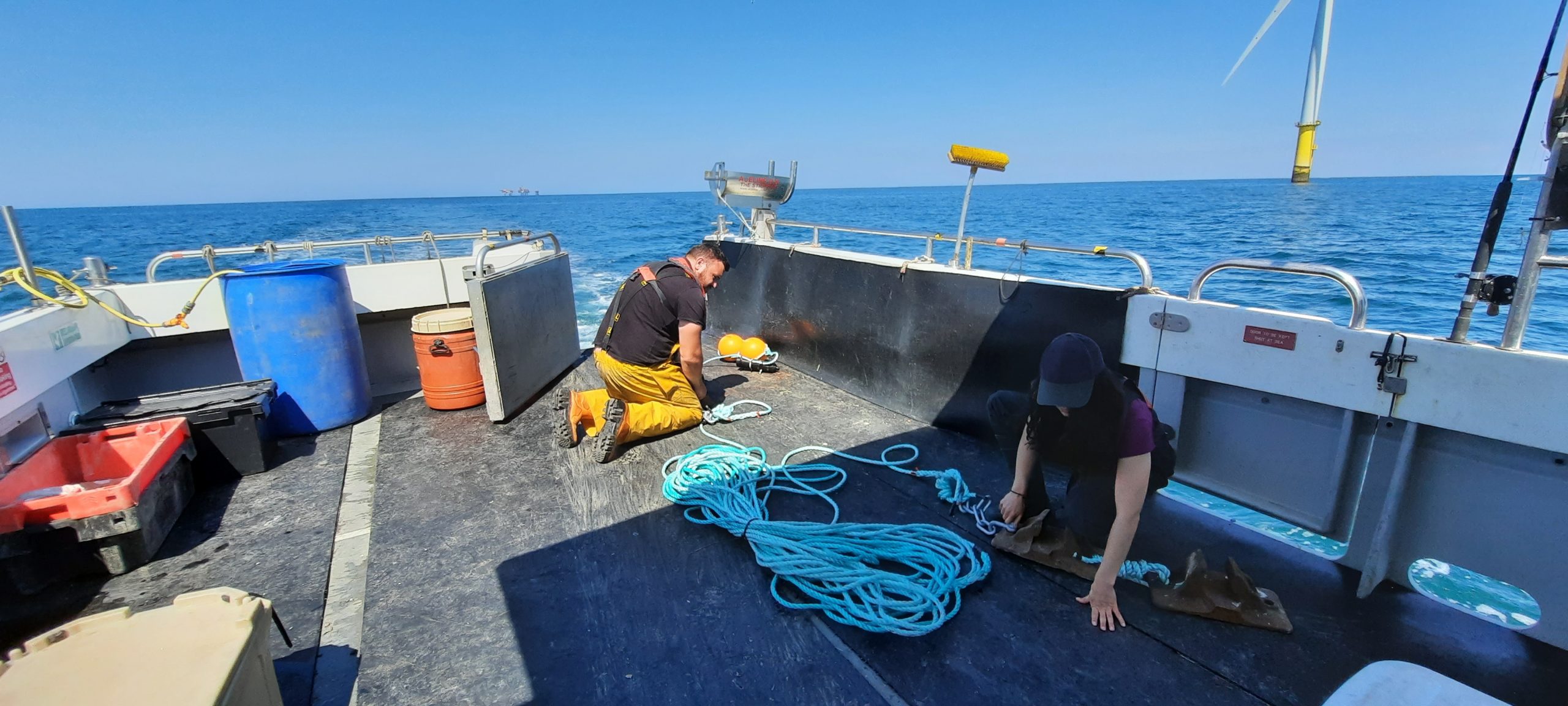
2 Published Research
Read peer-reviewed publications about Ecostructure's research. Click the titles to view each article.

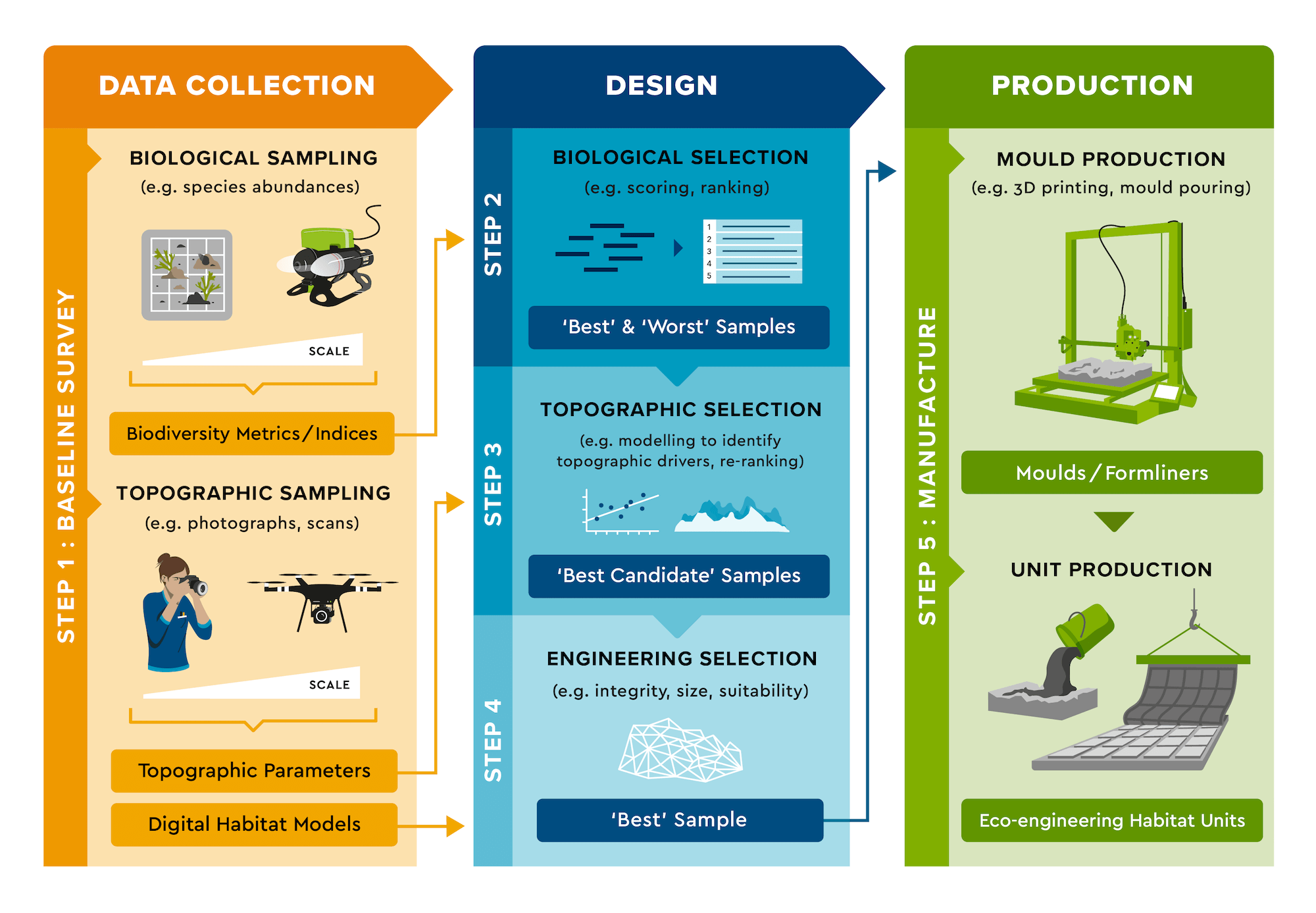
Figure showing Ecostructure’s five-step process for designing natural topography-based eco-engineering habitat units for marine artificial structures. Figure by Amy Dozier.
Research Spotlight
Replicating natural topography on marine artificial structures – a novel approach to eco-engineering
This paper presents Ecostructure’s 5-step process to design eco-engineering units for marine structures. We replicated the ‘best’ natural reef topography in 3 habitat unit designs. Our designs targeted 3 eco-engineering objectives for intertidal structures. The process can be adapted and applied according to user-specific priorities, and holds significant potential for ecological engineering application.
